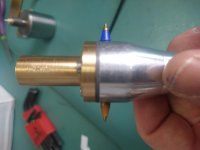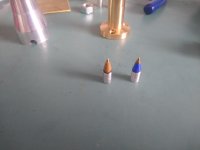Thought I would share this latest build. The goal is to build the best possible 9" arm with materials available where I live. Before anyone says I should have used carbon fiber, I could not source CF pre-preg in less than commercial quantities so I used 6061 T6 aluminium.
The scope
Variable taper and wall thickness wand.
Rigid bearing assembly, based on Technics but on steroids. Vertical bearing housing 100x25x17mm.
Gimbal arrangement 4 point sapphire Vee jewel pivots with highly polished tool steel pins.
38mm arm post with VTA on the fly and split collet locking base.
Specs
Effective length 239.3mm
P to S 222mm
Overhang 17.3mm
Offset 23deg
11.6g vertical effective mass not including cartridge.
First pic is held together with Blu Tack to check height. The other 2 pics are with pivots complete.
The scope
Variable taper and wall thickness wand.
Rigid bearing assembly, based on Technics but on steroids. Vertical bearing housing 100x25x17mm.
Gimbal arrangement 4 point sapphire Vee jewel pivots with highly polished tool steel pins.
38mm arm post with VTA on the fly and split collet locking base.
Specs
Effective length 239.3mm
P to S 222mm
Overhang 17.3mm
Offset 23deg
11.6g vertical effective mass not including cartridge.
First pic is held together with Blu Tack to check height. The other 2 pics are with pivots complete.
Attachments
Here are some waterfall plots of the arm wand. When the arm is complete I will revisit damping.
The method - arm wand was hung and tapped with a small hammer. disregard the absolute amplitude as this is dependent on how hard the wand was hit. Im more interested in how quickly the vibration.ringing is damped.
First plot is bare arm wand
Second plot is with HS and CW stub attached - NO damping
Third plot silicone tube inside the wand full length.
Last plot is a small piece of silicone tube (10mm) in the HS end and the rest of the arm lightly stuffed with cat hair.
The method - arm wand was hung and tapped with a small hammer. disregard the absolute amplitude as this is dependent on how hard the wand was hit. Im more interested in how quickly the vibration.ringing is damped.
First plot is bare arm wand
Second plot is with HS and CW stub attached - NO damping
Third plot silicone tube inside the wand full length.
Last plot is a small piece of silicone tube (10mm) in the HS end and the rest of the arm lightly stuffed with cat hair.
Attachments
Last edited:
warrjon,
Great job! I wish I could have such capacity.
I have been thinking about the pivot bearing recently. Please see the image. Why does the bearing need to be at an angle? And, it seems to me that the angle is equal to the offset angle. What is the reason behind that?
Great job! I wish I could have such capacity.
I have been thinking about the pivot bearing recently. Please see the image. Why does the bearing need to be at an angle? And, it seems to me that the angle is equal to the offset angle. What is the reason behind that?
Attachments
Unfortunately there's a problem with those vee jewel sapphire bearings.They are prety small and sapphire is very brittle.You can't afford too much weight on them .They are aimed at very lightweight sensitive instruments.I'm using rubys from old watches myself and they ask for very careful handling...Their usual load is below 1 gram! The spring loaded version prevents accidents, but can't offer very tight positioning.You better buy some industrial bigger rubys and drill them if you have the right tools.They're not very expensive, they're faceted and allow for easy glueing into screws, and you only need to make a small hole for the pivot . A jeweler or a dentist has the right tools for that.Cubic zirconia gemtones are much cheaper and found in greater quantities, having a Mohs hardness of 8, just below sapphire(ruby) at 9.2 and better than glass(6).Now, in all honesty metal carbides come in all hardness and shapes and are much easier to work offering very simillar properties to sapphire yet being less brittle.
Attachments
Last edited:
Hi, warrjon
Very nice Job !! You already did a lot of work so I don't know if my suggestions would help you. For the wand, in the USA. we can get (on ebay ) "magnesium anode" rods for hot water tanks that run from .75 to .84" diameter. I don't know what materials are available in OZ. Perhaps too small OD for you but you could make the wand 2 piece using aluminum on the bearing end, to save some weight. I am with "dreamth" on using tungsten carbide for at least the bearing pins. You may also be able to get powdered cork ( extremely light ) to replace the cat hair for better damping. If you were "local" I would give you a 1" diameter magnesium rod to experiment. Best of luck on your project !!
Very nice Job !! You already did a lot of work so I don't know if my suggestions would help you. For the wand, in the USA. we can get (on ebay ) "magnesium anode" rods for hot water tanks that run from .75 to .84" diameter. I don't know what materials are available in OZ. Perhaps too small OD for you but you could make the wand 2 piece using aluminum on the bearing end, to save some weight. I am with "dreamth" on using tungsten carbide for at least the bearing pins. You may also be able to get powdered cork ( extremely light ) to replace the cat hair for better damping. If you were "local" I would give you a 1" diameter magnesium rod to experiment. Best of luck on your project !!
warrjon,
Great job! I wish I could have such capacity.
I have been thinking about the pivot bearing recently. Please see the image. Why does the bearing need to be at an angle? And, it seems to me that the angle is equal to the offset angle. What is the reason behind that?
Hi Jim,
The reason for the offset bearing is so stylus azimuth does not change as the arm lifts. A warped LP will have the groove roll CCW so as the arm raises with no azimuth change the stylus is no longer azimuth correct to the LP because of the warp. An orthogonal bearing rolls azimuth in same direction as the warp. I use center clamp and peripheral ring so warps are not an issue.
I noticed SAT changed their bearing arrangement from offset to orthogonal. Looking at the CF-1 with orthogonal bearing the CW is closer to the pivot which lowers moment of inertia.
Hi, warrjon
Very nice Job !! You already did a lot of work so I don't know if my suggestions would help you. For the wand, in the USA. we can get (on ebay ) "magnesium anode" rods for hot water tanks that run from .75 to .84" diameter. I don't know what materials are available in OZ. Perhaps too small OD for you but you could make the wand 2 piece using aluminum on the bearing end, to save some weight. I am with "dreamth" on using tungsten carbide for at least the bearing pins. You may also be able to get powdered cork ( extremely light ) to replace the cat hair for better damping. If you were "local" I would give you a 1" diameter magnesium rod to experiment. Best of luck on your project !!
Hi Joe,
Many thanks for the offer and the info on the anode. In Aus I can get AZ31B round bar. I haven't priced it up yet.
I made the wand from 6061 T6 as I have it in stock and it allowed me to test cut the variable taper. I don't have a taper turning attachment on the lathe so it had to be done manually.
The plan was always to replace the wand with magnesium.
Grinding the pins has been unsuccessful as the radius is just too small for me to see now. I ordered 4x carbide pins from True-Point in the UK, where the jewels came from. Charles is very helpful and has advised these sapphire Vee's will take the weight of the arm.
cheers Warren
This is an excellent effort @warrjon - kudos. I know how difficult a manual taper can be.
May I ask - did you first machine the outside and then drilled the inside?
Have you thought about using dissimilar materials? For a few of my experiments, I used friction fit pultruded carbon fiber with aluminium and POM (Delrin), then machined together as a whole.
This is the only photo I currently have - will try to find the second armwand (I built several) and photograph it alone if you feel beneficial to the thread.

May I ask - did you first machine the outside and then drilled the inside?
Have you thought about using dissimilar materials? For a few of my experiments, I used friction fit pultruded carbon fiber with aluminium and POM (Delrin), then machined together as a whole.
This is the only photo I currently have - will try to find the second armwand (I built several) and photograph it alone if you feel beneficial to the thread.

I bored a 10mm hole right through the 30mm aliuminium first and drilled the horizontal bearing , This had a 60deg each end to hold between centers in the lathe.
I was thinking of inserting a 10mm CR rod up the center and I will try this out.
Be my guest to post additional pics of your arm. I'm always interested in what others have built.
I was thinking of inserting a 10mm CR rod up the center and I will try this out.
Be my guest to post additional pics of your arm. I'm always interested in what others have built.
My initial approach was to build a "universal" bearing housing that facilitates easier armwand swapping. There is a potential loss in rigidity with said approach, but it allows for faster prototyping and experimentation. It worked as a final solution in my case because of the dissimilarities of the properties of the materials, but YMMV.
Here are two shots of a spare tonearm wand (some bits missing like mounting holes and slots), but you should get the idea of how, in my case, different materials are first mated and then machined together.
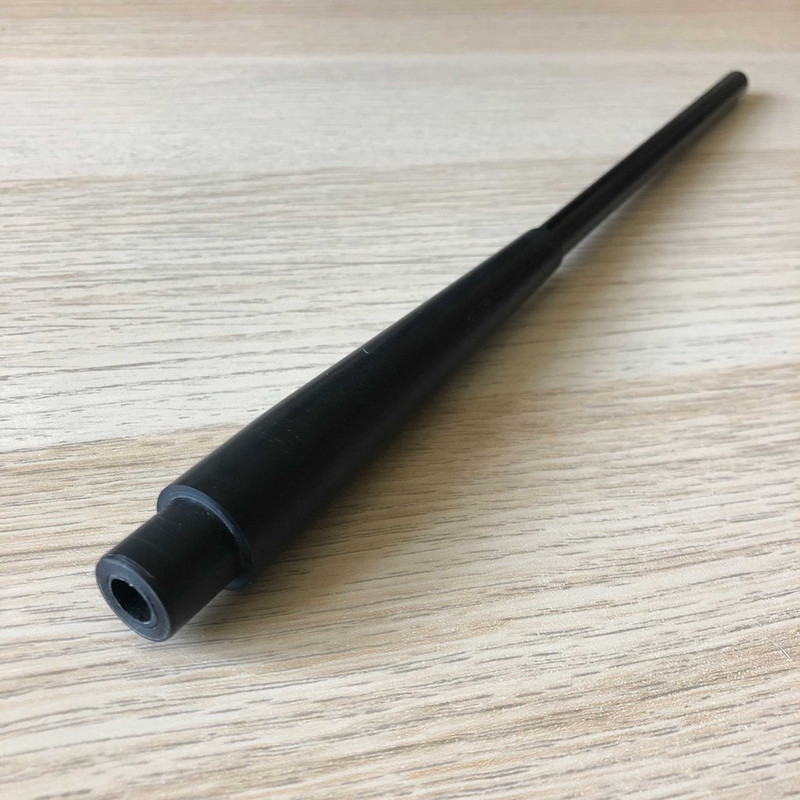
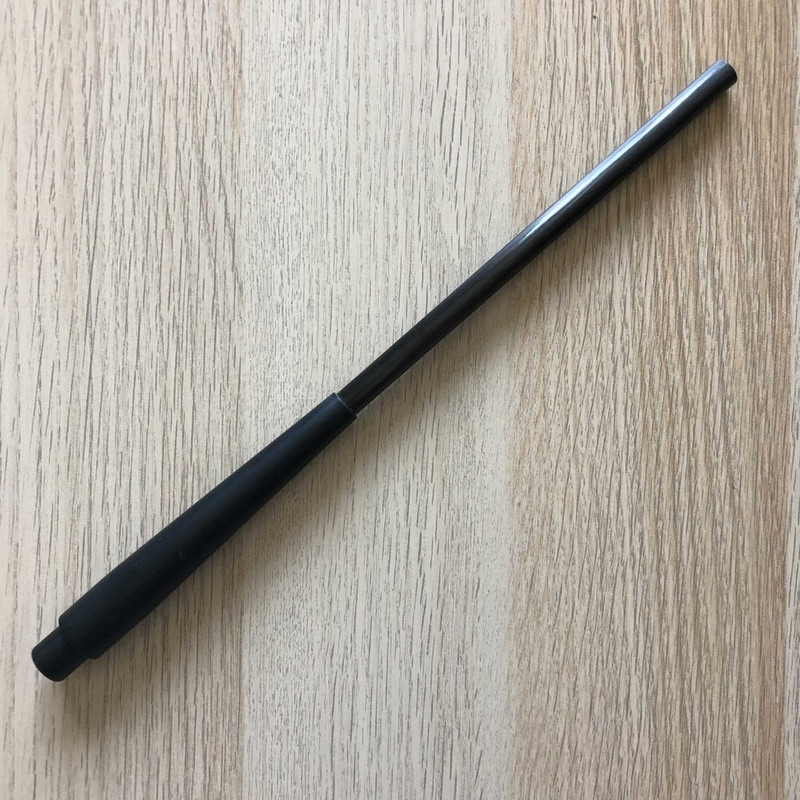
Here are two shots of a spare tonearm wand (some bits missing like mounting holes and slots), but you should get the idea of how, in my case, different materials are first mated and then machined together.


Had a GGGRR moment. While assembling the horizontal bearing is slipped and chipped one of the carbide pivots. Carlo suggested I use Bic pen tips as a pivot. Well bugger me these things are actually very good.
Bearing sensitivity with the carbide/sapphire was 20mg and the Bic bearing is 8mg.
DIY Tonearm sensitivity - YouTube
Bearing sensitivity with the carbide/sapphire was 20mg and the Bic bearing is 8mg.
DIY Tonearm sensitivity - YouTube
Attachments
Wow, that's way better than I would've thought.
Always wondered how Technics came up with their stiction specs as they don't specify any standards.
I did some playing around years ago here. This is 1g on the headshell of an EPA-100 with Si3N4 balls, and in the next post 1g on the arm tube ~68.5mm from the pivot on an untouched example.
It's on my list to do a proper rebuild of an EPA-100 with original ruby balls now that I've a large enough stockpile of good ones, as I've always wanted to get as close a glimpse to likely as-new performance as possible, and out of dozens of examples I've yet to see one that didn't have some form of bearing damage.
Always wondered how Technics came up with their stiction specs as they don't specify any standards.
I did some playing around years ago here. This is 1g on the headshell of an EPA-100 with Si3N4 balls, and in the next post 1g on the arm tube ~68.5mm from the pivot on an untouched example.
It's on my list to do a proper rebuild of an EPA-100 with original ruby balls now that I've a large enough stockpile of good ones, as I've always wanted to get as close a glimpse to likely as-new performance as possible, and out of dozens of examples I've yet to see one that didn't have some form of bearing damage.
I guess " it had to be done manually " in regard to the taper implies 5hat you put the saddle on auto feed and wound the cross slide in by hand, a method we use a lot where I work, having 30 years of experience I seem to have got the hang of it now, I find a piece of white paper behind makes it much easier to see the profile. Have you thought of using " jewells " from old dial test indicators? They may be larger than those in watches.
Nice work, and well finished.
Nice work, and well finished.
@JP Yep I was pretty surprised that few $ of pen tips and M5 sertscrew out performed $700 of Jewel/carbide pivots. I purchased sapphire Vee jewels and carbide pivots for this arm.
I have calibrated weights down to only 20mg. 80gsm copy paper is extremely uniform so a 1cm^2 will be 8mg ±0.5mg depending on how accurately it's cut. I have a pristine example of an EPA100 and it moves with 0.5cm^2 bit of paper.
I see so many posts on threads talking about the top balls in the bearings rattling, this is BS as all arms even the base Rega's have the bearings preloaded. What is critical - noise as the balls roll in the cage. I have an S220 and using a stethoscope the noise is audible as the arm moves, the EPA100 is inaudible as the arm moves.
IMO Technics bearings are up there with the best, in fact I just bought an arm off the new SL1200G for the bearings to use in this project. But might fix the arm as the Bic pivots perform well.
Now I have proof of concept I will splash out on Parker pen refills that are all steel. The only uncertainty with the Bic balls is the plastic carrier. I am concerned that energy will not transfer easily through the plastic to the bearing housing leaving the arm tube/CW/stub to control all of the cartridge energy.
I have calibrated weights down to only 20mg. 80gsm copy paper is extremely uniform so a 1cm^2 will be 8mg ±0.5mg depending on how accurately it's cut. I have a pristine example of an EPA100 and it moves with 0.5cm^2 bit of paper.
I see so many posts on threads talking about the top balls in the bearings rattling, this is BS as all arms even the base Rega's have the bearings preloaded. What is critical - noise as the balls roll in the cage. I have an S220 and using a stethoscope the noise is audible as the arm moves, the EPA100 is inaudible as the arm moves.
IMO Technics bearings are up there with the best, in fact I just bought an arm off the new SL1200G for the bearings to use in this project. But might fix the arm as the Bic pivots perform well.
Now I have proof of concept I will splash out on Parker pen refills that are all steel. The only uncertainty with the Bic balls is the plastic carrier. I am concerned that energy will not transfer easily through the plastic to the bearing housing leaving the arm tube/CW/stub to control all of the cartridge energy.
Pilot made some pen refills in which a tungsten carbide ball was supported within a metal tube that was crimped in three places behind the ball, which should result in very low friction.
JP2005119281A - Pipe-type ballpoint pen chip and its manufacturing method
- Google Patents
hth, jonathan
JP2005119281A - Pipe-type ballpoint pen chip and its manufacturing method
- Google Patents
hth, jonathan
- Home
- Source & Line
- Analogue Source
- DIY 4 point pivoting arm
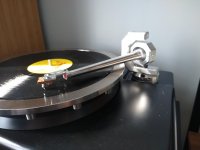
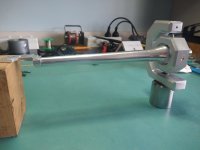
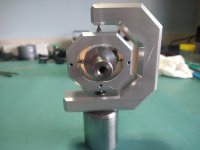
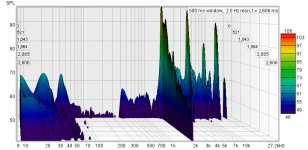
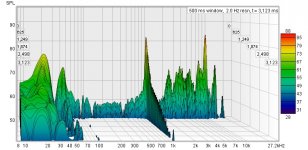
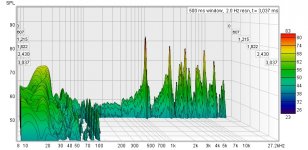
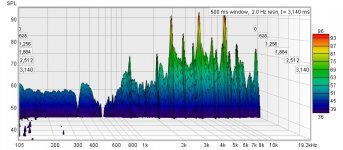
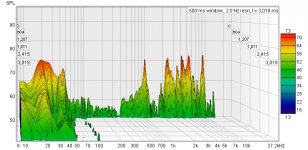
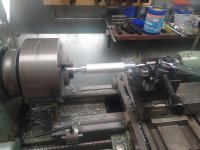
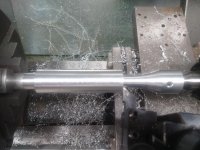
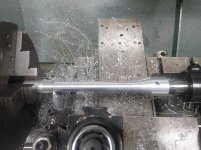
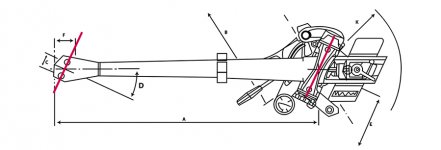
![IMG_6210[1].jpg](/community/data/attachments/875/875316-b7a56f4dfc5d5a45ff091fd7c3261329.jpg)
![IMG_6213[1].jpg](/community/data/attachments/875/875333-d360217dfffe56dd577627785144dedd.jpg)
![IMG_6214[1].jpg](/community/data/attachments/875/875352-5f07361bf6cf5bf38ac79d25cf377070.jpg)
